
No photographer spent more time with the Apollo 11 astronauts — especially in the months leading up to the history-making, world-changing July 1969 moon landing — than LIFE magazine’s Ralph Morse, who chronicled the crew’s public and private lives as rigorously as he’d done for earlier NASA missions. (Morse spent so much time with the Mercury 7, for example, that John Glenn dubbed him “the eighth astronaut.”)
Four and a half decades after Neil Armstrong and Buzz Aldrin became the first humans to set foot on the lunar surface (while Michael Collins orbited above), Morse spoke with LIFE.com about the Apollo 11 crew; their families; and the photographs in this gallery — many of which were not published in LIFE — that capture, at least in part, the mood and the look of that singular era.
“They all started out as pilots, of course,” Morse said of Lunar Module pilot Buzz Aldrin, Command Module pilot Michael Collins and mission commander Neil Armstrong, “and they decided that they wanted to do something better, something more exciting. They had the desire to look further. To go beyond.”
Morse stressed, though, that the moon landing was the result not of supermen or a few NASA geniuses, but a huge team of smart, imaginative people working incredibly hard, together, toward a single, improbable goal.
“People today tend to forget that the goal of going to the moon was set by President Kennedy less than ten years before [the Apollo 11 mission]. We had rocket technology at that point, of course, but really no technology to get up there, land and then get back. We had to dream it up, and then build it. In only a few years, NASA made a spacecraft that could do that. When you think of it, of how talented and dedicated all of those guys were . . . it’s just incredible.”
As for photographing the families of the men who would, ultimately, put all that technology to the test, Morse recalled that, for a photojournalist just doing his job, it wasn’t all that different, at its most elemental level, than other assignments he’d worked over his long, hugely varied career.
“Right away,” he said, laughing, “the kids got used to me being around. You know how kids are; they adapt to things so much better than adults do. After a while, spending so much time with them, it wasn’t awkward or forced having me there. I was the guy who was always there, and always had a camera.
“We were with them all the time,” Morse continued, using we to mean LIFE. “Everywhere they went, we went. There was no such thing as Neil, Mike and Buzz going anywhere, or doing something, where we weren’t there, too.”
Looking at pictures that he took almost a half-century ago — and that he hadn’t seen in the decades since — brought back vivid memories for Morse.
“The shot of Mike lying on the beach reading,” Morse noted of slide 16, “with a stack of paperbacks under his head, really sort of captures him. It made sense that he’d be the Command Module pilot, orbiting alone above the moon while Neil and Buzz were on the surface. Mike was an extremely capable guy, and yet he was also very comfortable when he was by himself.
“Mike had lots of interests. He painted, took care of the garden, was reading all the time. A perfectly engaging man, but also the sort of person who could spend time by himself, working, and be satisfied.”
The risks of the venture that Armstrong, Aldrin and Collins eagerly embarked upon are almost unfathomable now — and went largely unspoken then. For instance, as Morse pointed out, “no one knew whether or not they’d come back from the moon mission unable to have kids. In other words, sterile.”
While there’s absolutely no doubt that the three crew members earned that so-often overused designation, “heroes,” for what they accomplished, and the manner in which they accomplished it, Morse stressed that it was, in fact, the down-to-earth attitude the astronauts brought to their task, and to their lives, that so impressed him.
“These were family guys,” Morse said. “Working men. You could pass them on the street and not give them a second glance. But they were remarkable, remarkable human beings. Their IQs, all of them, were damn high. They worked their tails off to make sure everything was checked and double-checked and triple-checked. They were flying to the moon, for chrissake! But they all led pretty normal lives, for people in such extraordinary circumstances. I was damn lucky to know them, and their families.”
Liz Ronk, who edited this gallery, is the Photo Editor for LIFE.com. Follow her on Twitter @lizabethronk.

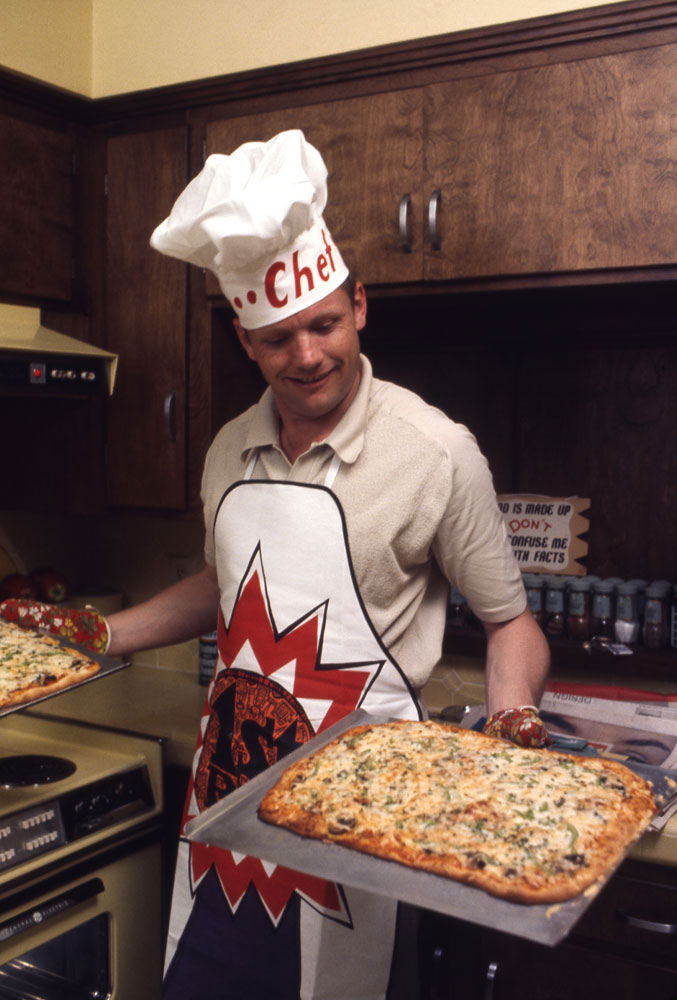

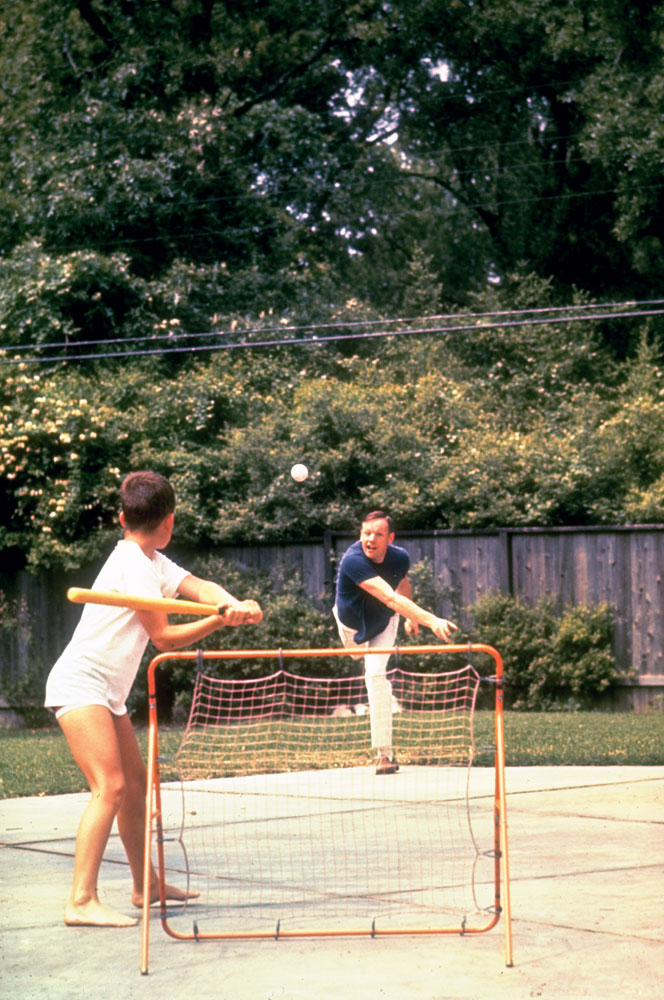
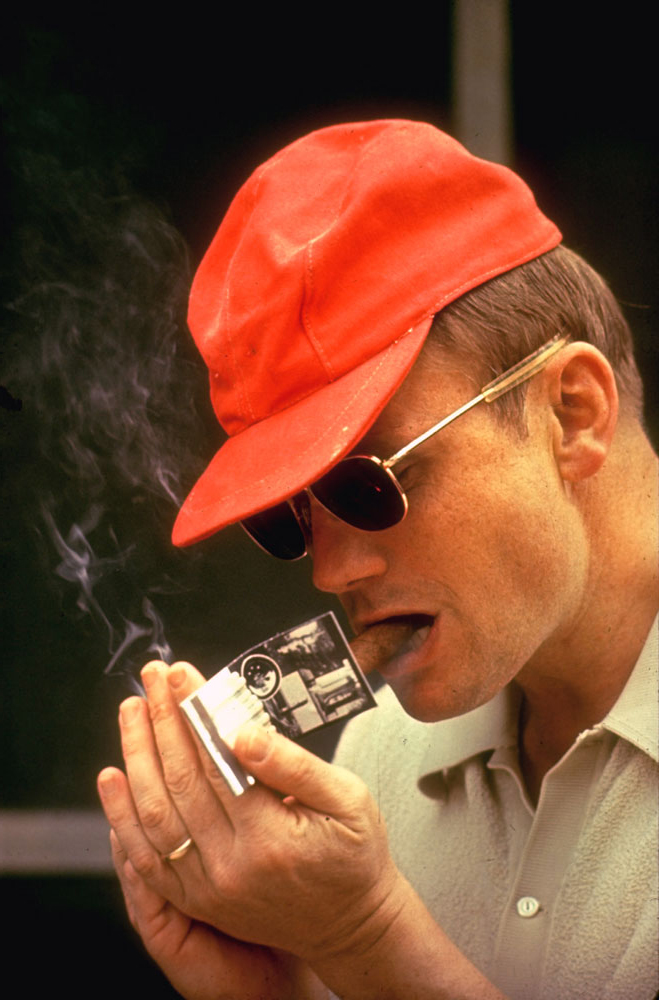
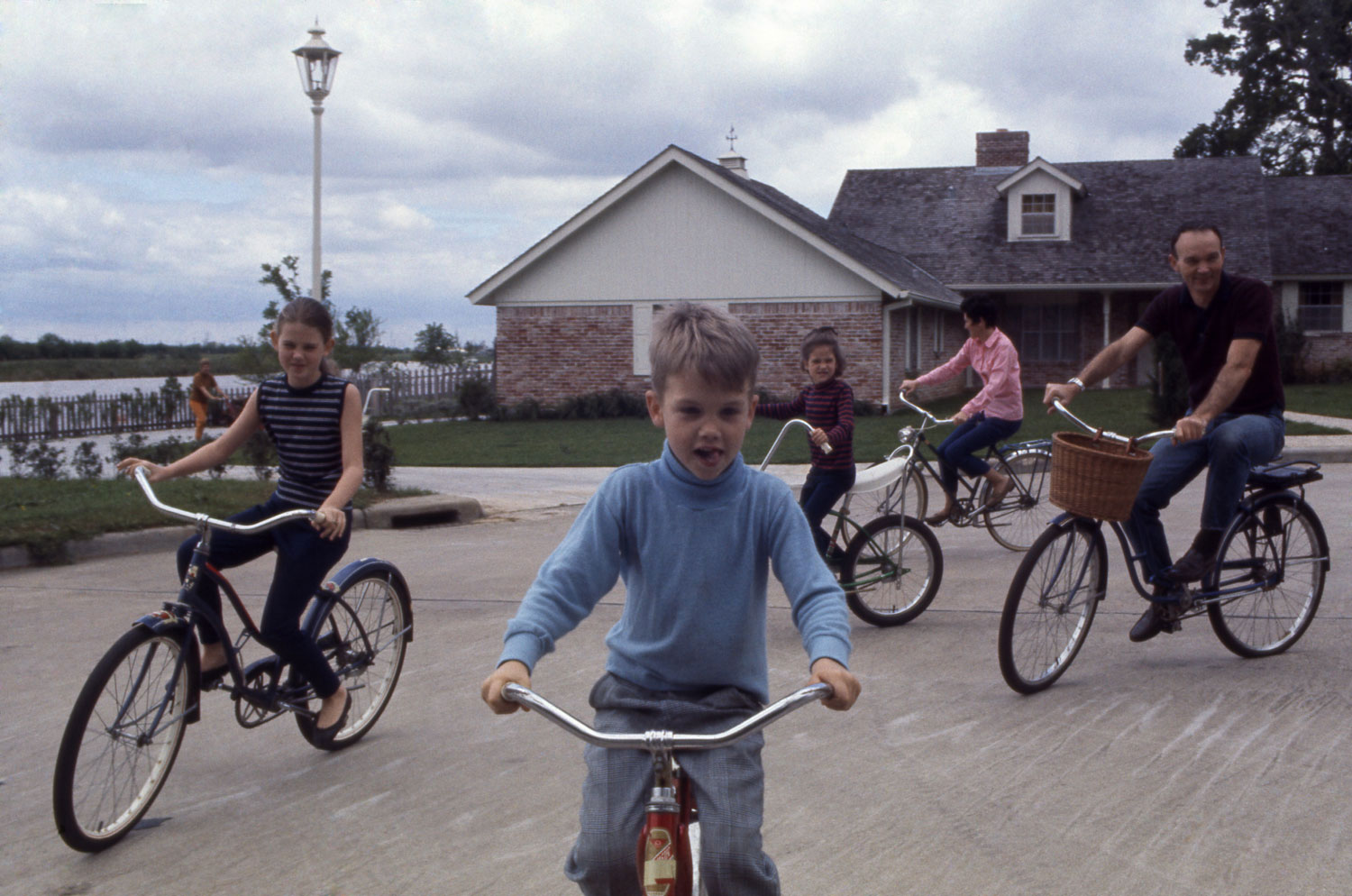







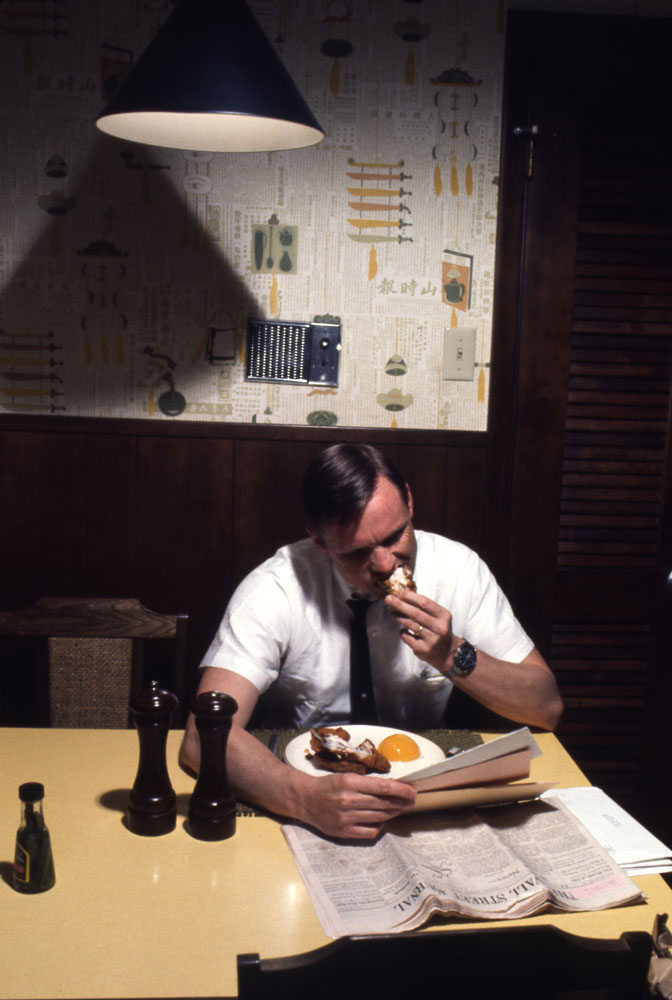

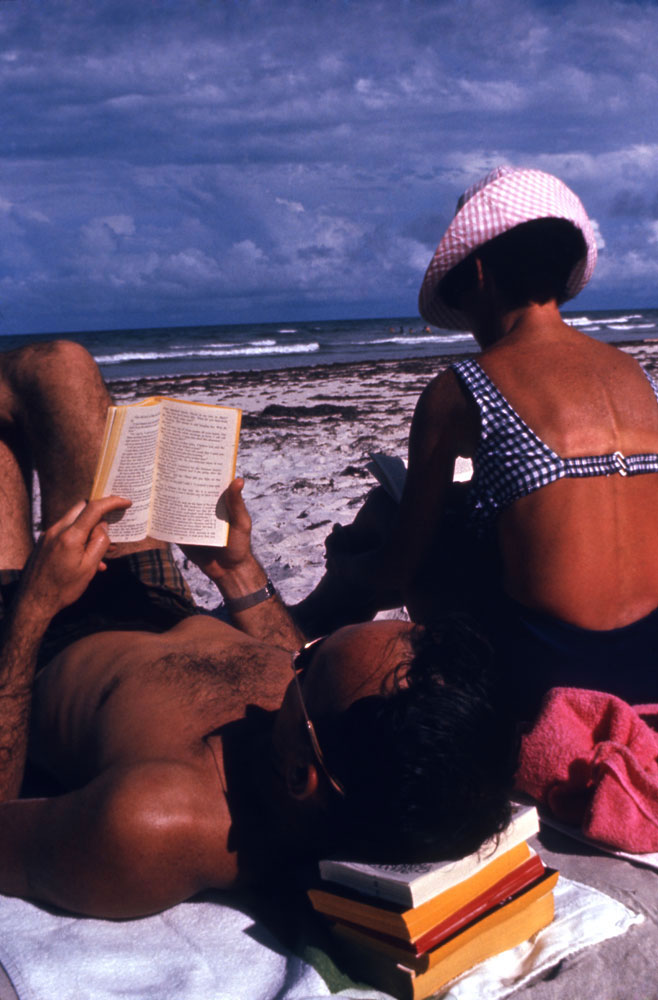




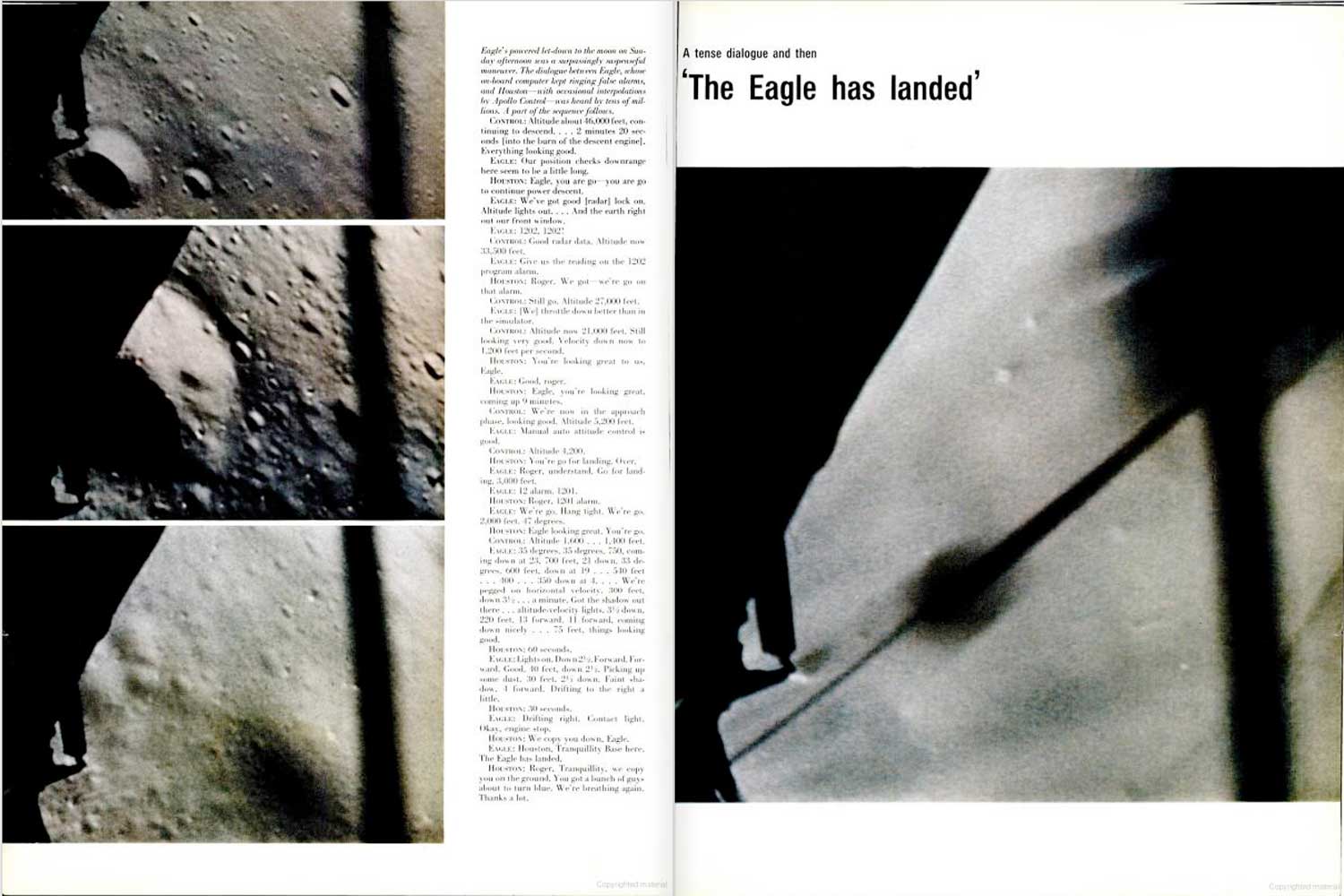


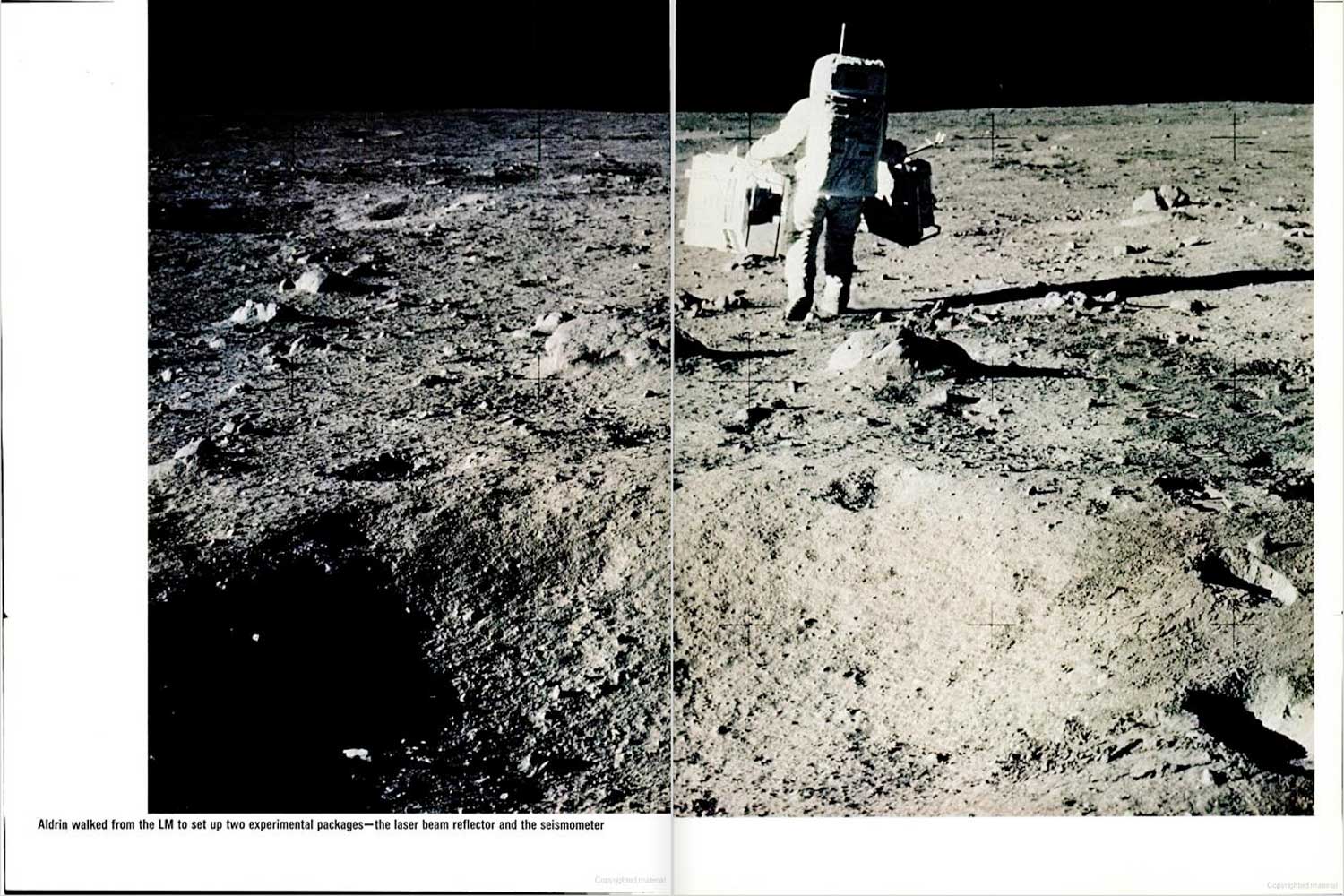



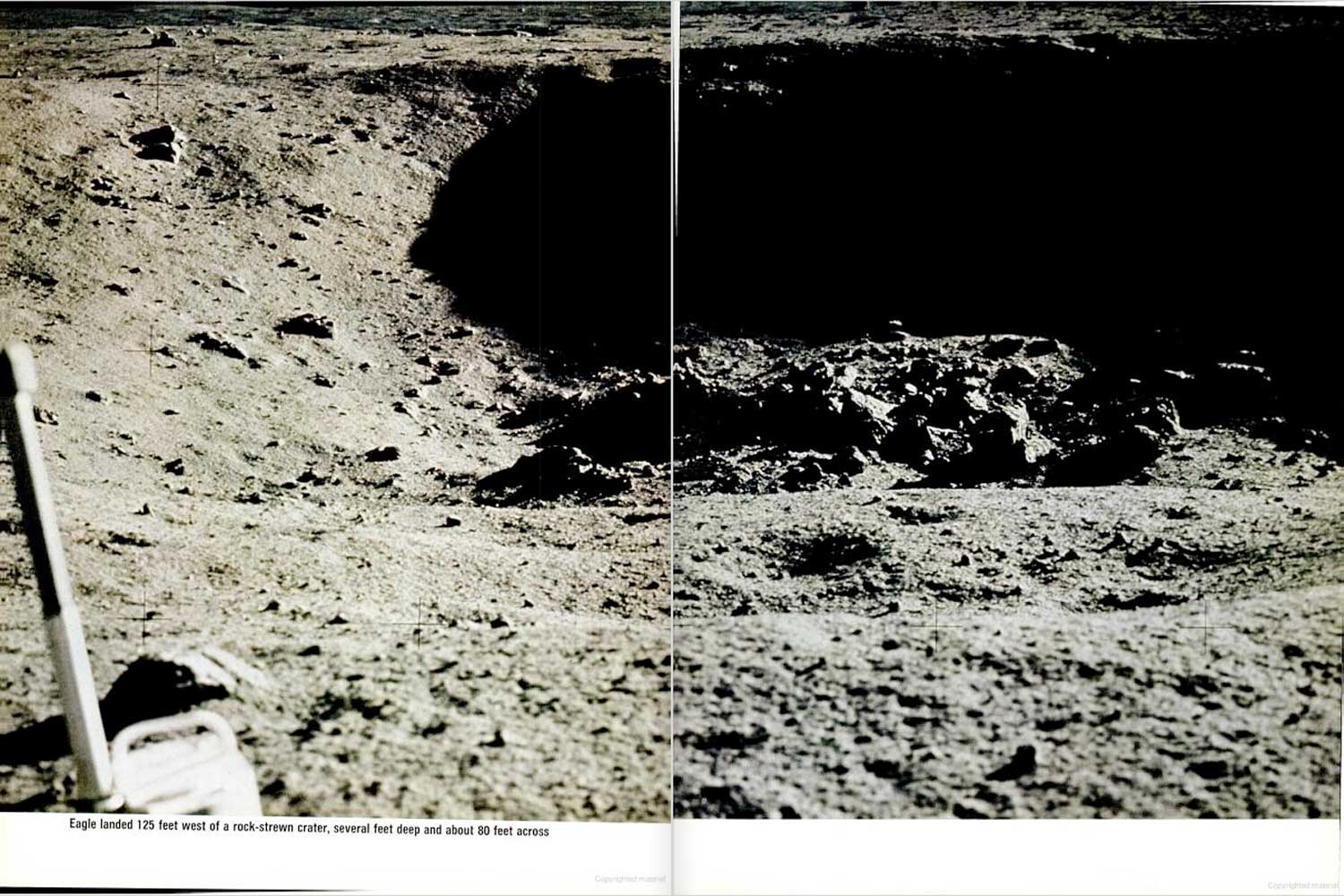

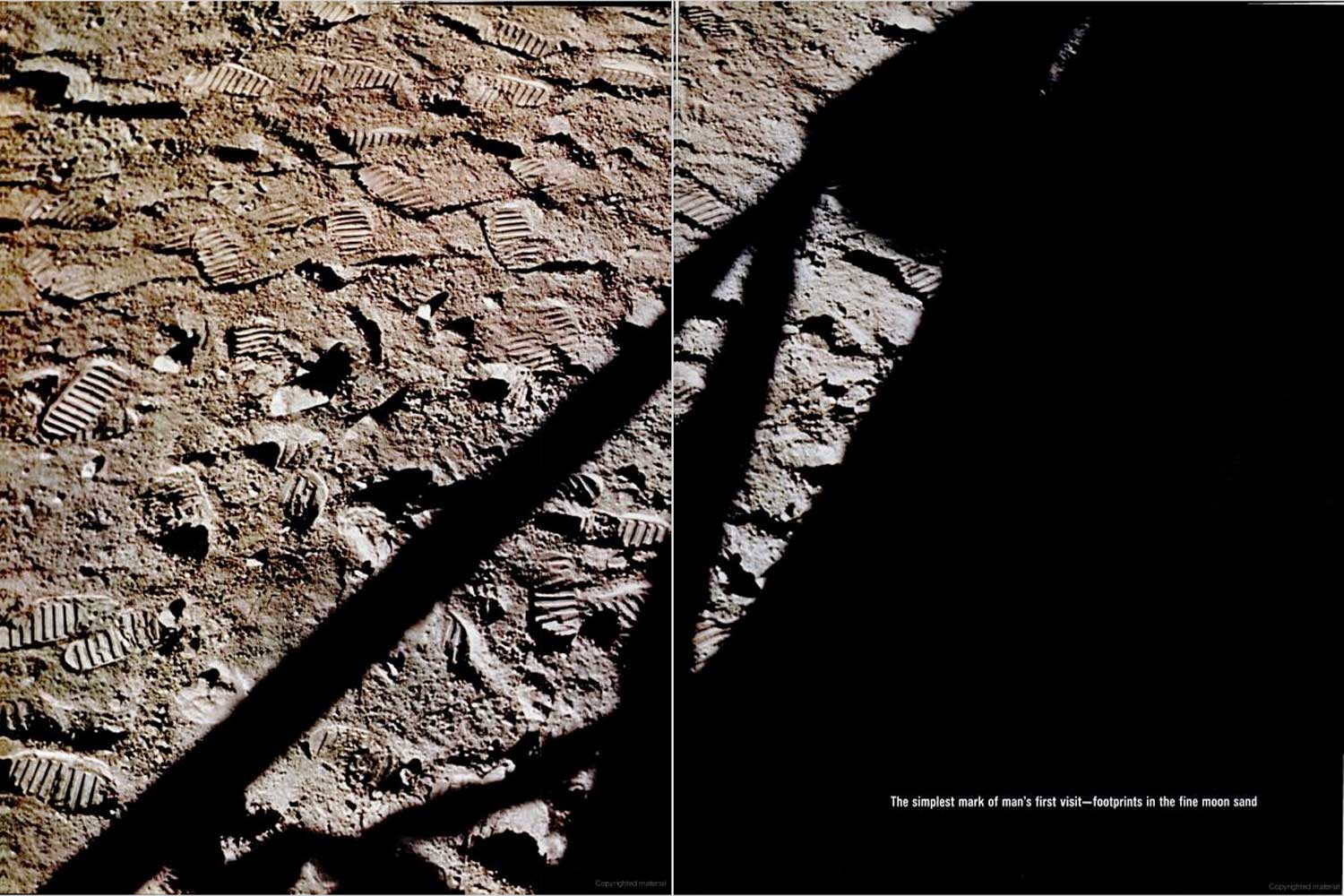

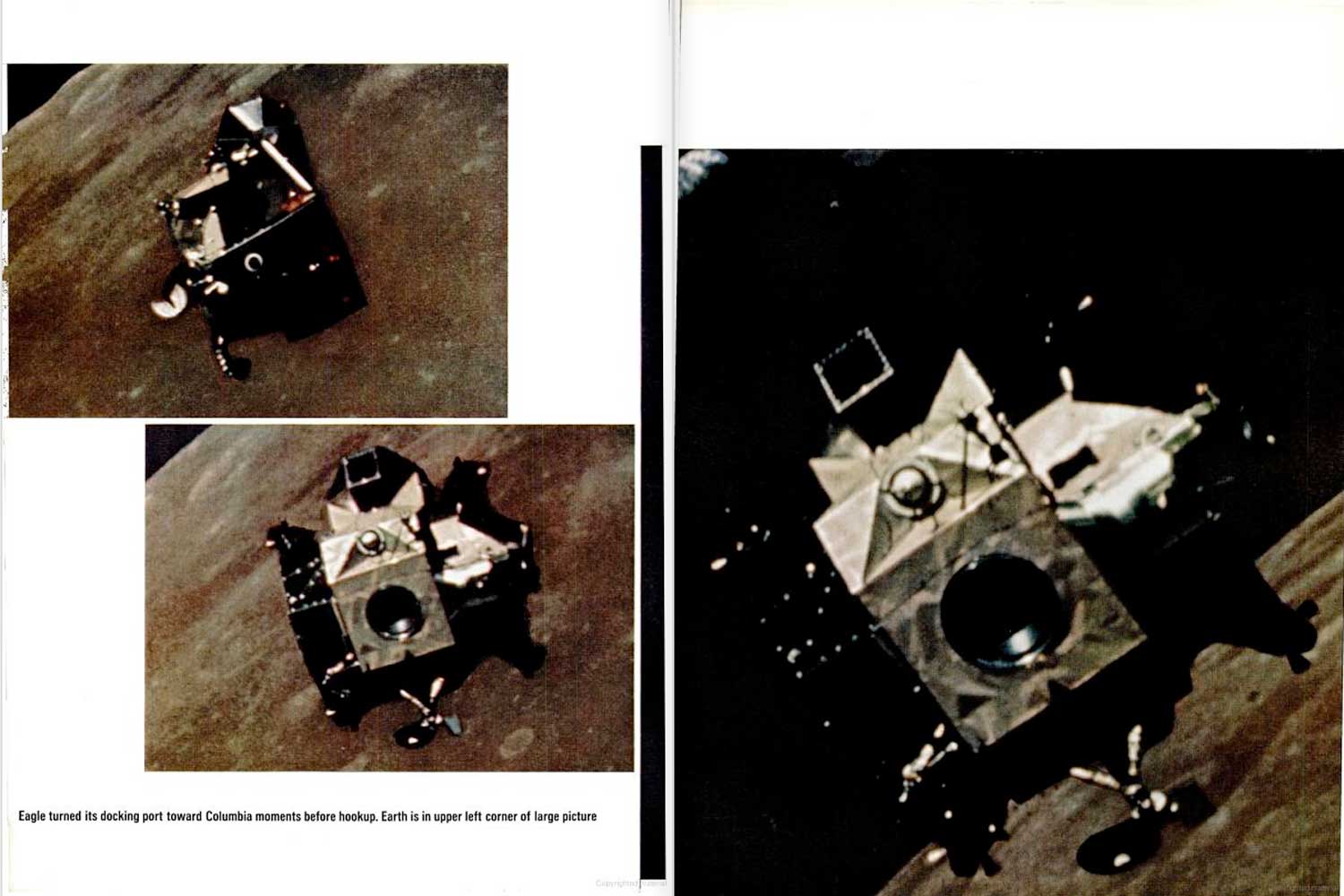
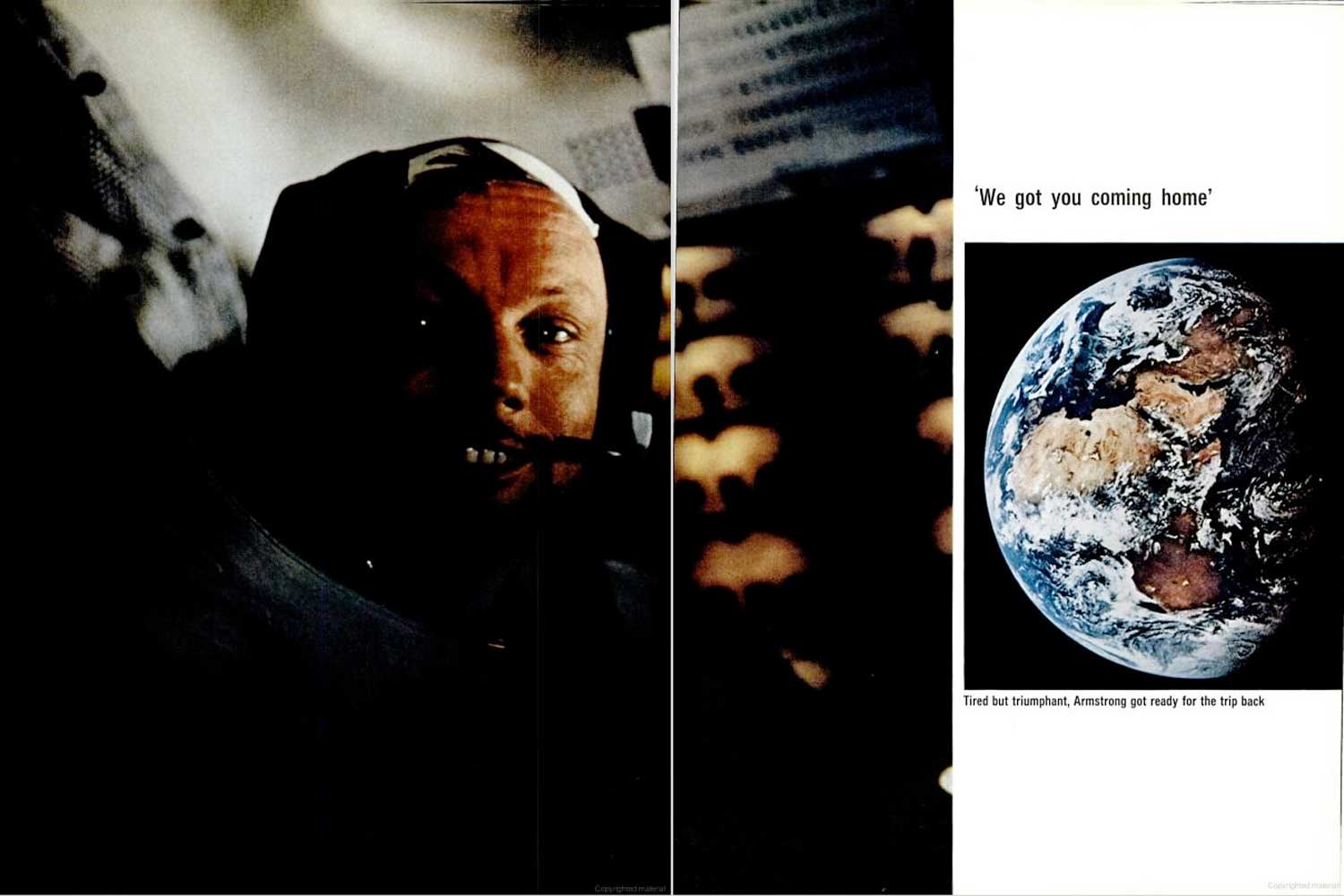

More Must-Reads from TIME
- Donald Trump Is TIME's 2024 Person of the Year
- Why We Chose Trump as Person of the Year
- Is Intermittent Fasting Good or Bad for You?
- The 100 Must-Read Books of 2024
- The 20 Best Christmas TV Episodes
- Column: If Optimism Feels Ridiculous Now, Try Hope
- The Future of Climate Action Is Trade Policy
- Merle Bombardieri Is Helping People Make the Baby Decision
Contact us at letters@time.com